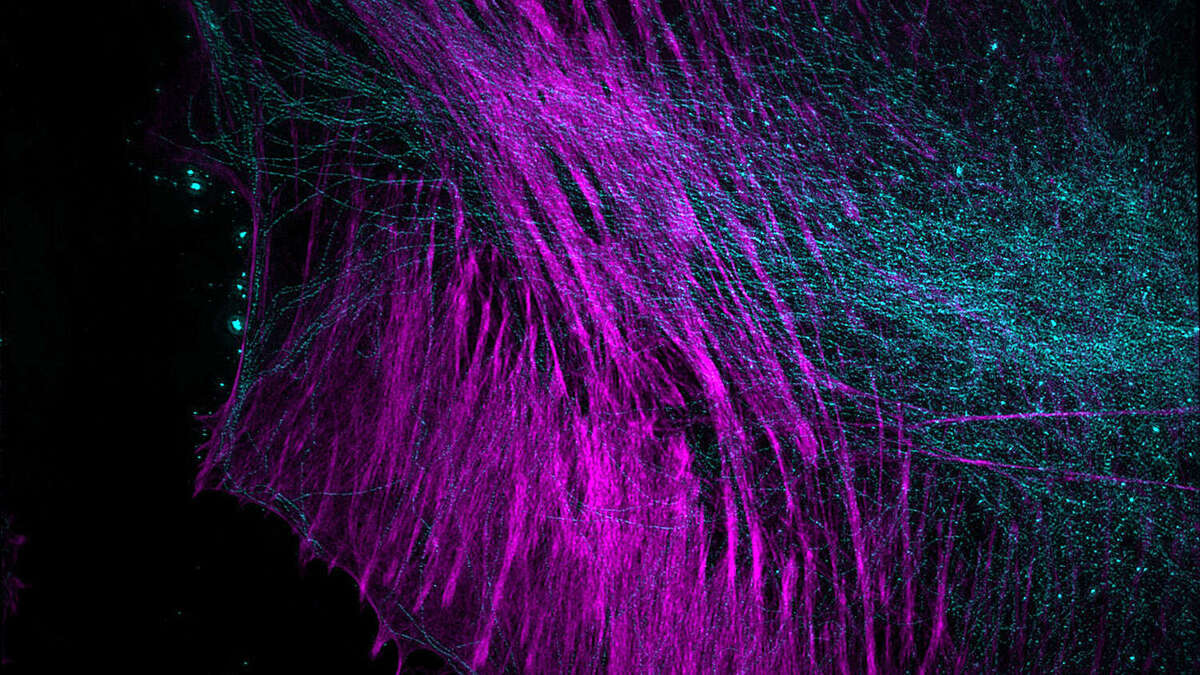Main Content
Imaging Core Facility
Light microscopy is one of the major technologies used in life-sciences. A wide range of highly sophisticated light microscopes allows various insights into a living organism and new image analysis technologies provide us with more powerful tools for 3D reconstruction and analysis.

Light microscopy is of great importance in all fields of biological research. The Imaging Core Facility of the Biozentrum is a technology platform for the use of highly developed light microscopes. Our services range from initial advice in selecting the most suitable microscope for an experiment and setting it up, to the final analysis of the imaging data. Our aim is to support research groups in their work, with the latest microscopy techniques and software solutions.
Light microscopy in life-sciences
Light microscopy has been developing rapidly since the beginning of the 21st century: Green fluorescent protein (GFP), introduced around the beginning of the new millennium (Nobel Prize in 2008), can be used with light microscopes to directly track the spatial and temporal distribution of proteins in living cells, tissues and organs.
The enormous advances in computer technology allow us to analyze ever greater quantities of data and to automate imaging. Today's microscopes include highly complex programming and in many respects, they are similar to robots.
Lately, super resolution microscopes (Nobel Prize in 2014) have been used to examine areas which were previously only accessible to the electron microscope. Increasing the resolution by a factor of 2 or more means that even the smallest cell structures can now be seen "live" with the light microscope.
Furthermore, the possibility to image large cleared samples (e.g. brain or other large organs) at lightsheet microscopes opens up new possibilities to characterize theses organs in their entirety.


